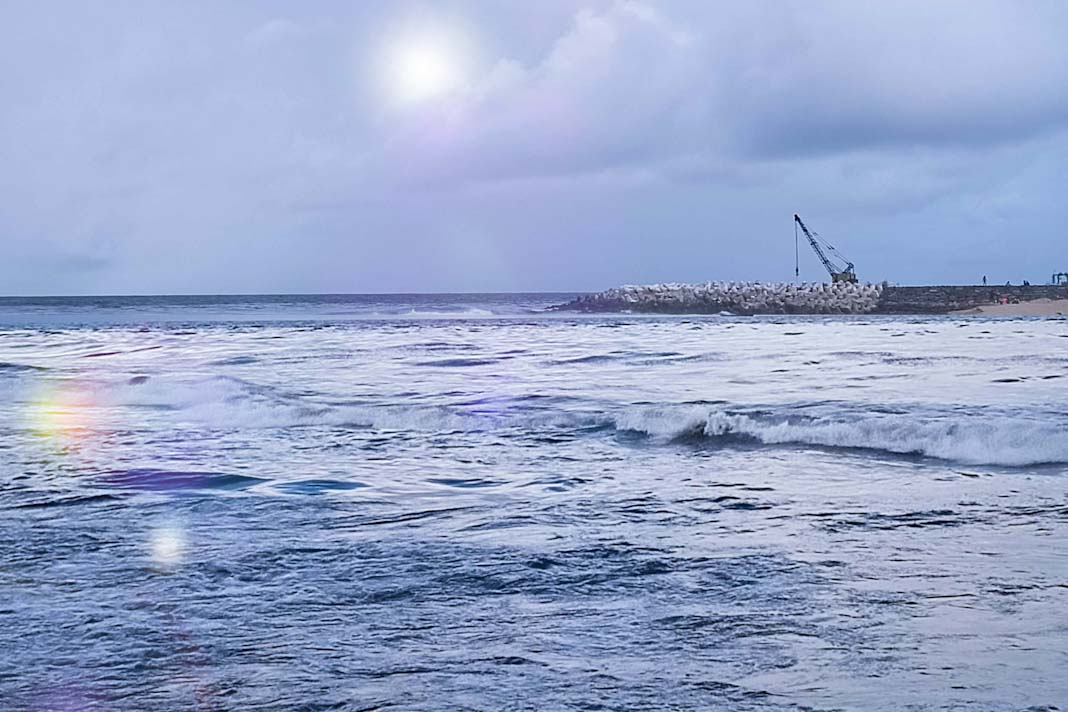- The conflict in the Red Sea has caused ocean freight container ships to avoid the Suez Canal, diverting trades from the Far East to Europe and the US East Coast around the Cape of Good Hope in Africa.
- This has led to significant increases in carbon emissions across ocean freight shipping fleets.
- According to the latest data released on the Xeneta and Marine Benchmark Carbon Emissions Index (CEI) on Tuesday, the longer sailing distances have caused widespread supply chain disruption and spiraling costs for ocean freight shipping.
The conflict in the Red Sea has led to a surge in carbon emissions across ocean freight shipping fleets. Attacks by Houthi militia in December have resulted in the majority of ocean freight container ships avoiding the Suez Canal, diverting trades from the Far East to Europe and the US East Coast around the Cape of Good Hope in Africa. This has caused widespread supply chain disruption and spiraling costs for ocean freight shipping.
Average CEI Rating Across Top 13 Ocean Freight Shipping Trades
In Q1 2024, the average CEI rating across the world’s top 13 ocean freight shipping trades hit 107.5 points. This marks a 15.2% increase from Q4 2023. When comparing Q1 2024 against Q1 2018, only five of the top 13 trades emitted less CO2 per ton of cargo carried. This is three trades less than in Q4 2023 and the lowest in any quarter since Q2 2018. Ten out of the top 13 trades saw average CO2 emitted per ton of cargo increase in Q1 2024 when compared to Q4 2023.
Biggest Carbon Impact Found Between Far East and Europe
The trades with the biggest increases in CO2 emissions are those between the Far East and Europe, with the two fronthauls (Far East to Mediterranean and Far East to North Europe) and two backhauls (Mediterranean to Far East and North Europe to Far East) taking the top four spots in the CEI in terms of quarter-on-quarter increases. The CEI index on the Far East to the Mediterranean trade registered the biggest rise, moving from 86.3 points in Q4 2023 to 140.8 points in Q1 2024 – an increase of 63.1%.
Longer Sailing Distances and Increased Carbon Emissions
Diversions around the Cape of Good Hope mean the average distance a container is transported via ocean on a global level is up by 11% compared to the start of 2023. On the Far East to Mediterranean trade, the average sailing distance for a container has increased by 60.7% in Q1 2024 compared to Q4 2023, resulting in a significant increase in carbon emissions.
Increase in Sailing Speeds and Impact on Carbon Emissions
Ships have sped up to mitigate the longer sailings, but this has resulted in burning more fuel. The biggest increase on the CEI’s top 13 trades is found on the backhaul trade from the Mediterranean to the Far East, where average sailing speeds in Q1 2024 were up by 9.8% compared to the previous quarter. Global average sailing speed reached 15.4 knots in January for container ships between 12,000 TEU and 17,000 TEU, the highest speed since June 2022 when Covid-19 disruption was still causing major disruption.
Did you subscribe to our daily Newsletter?
It’s Free! Click here to Subscribe
Source: Xeneta



















